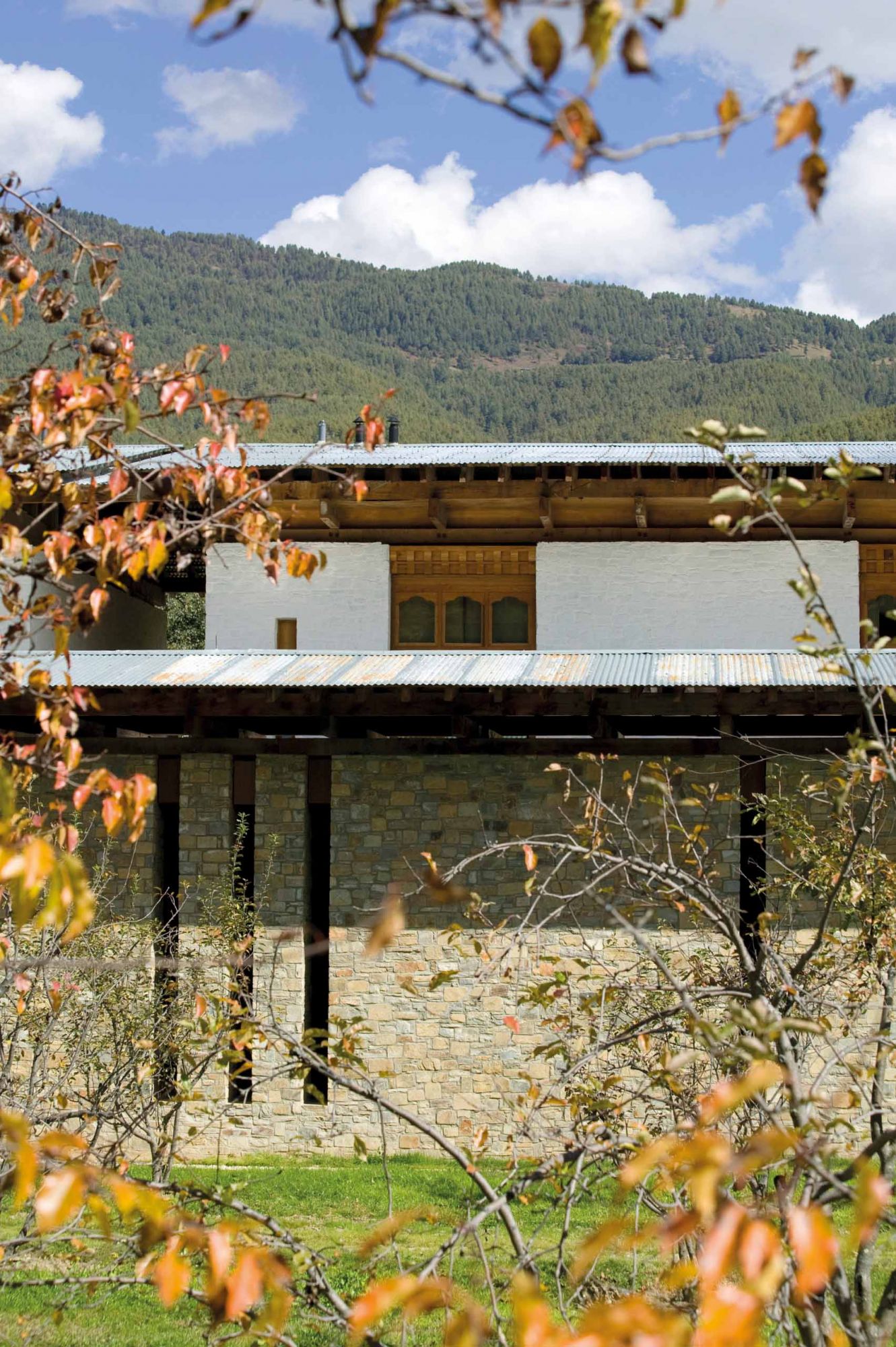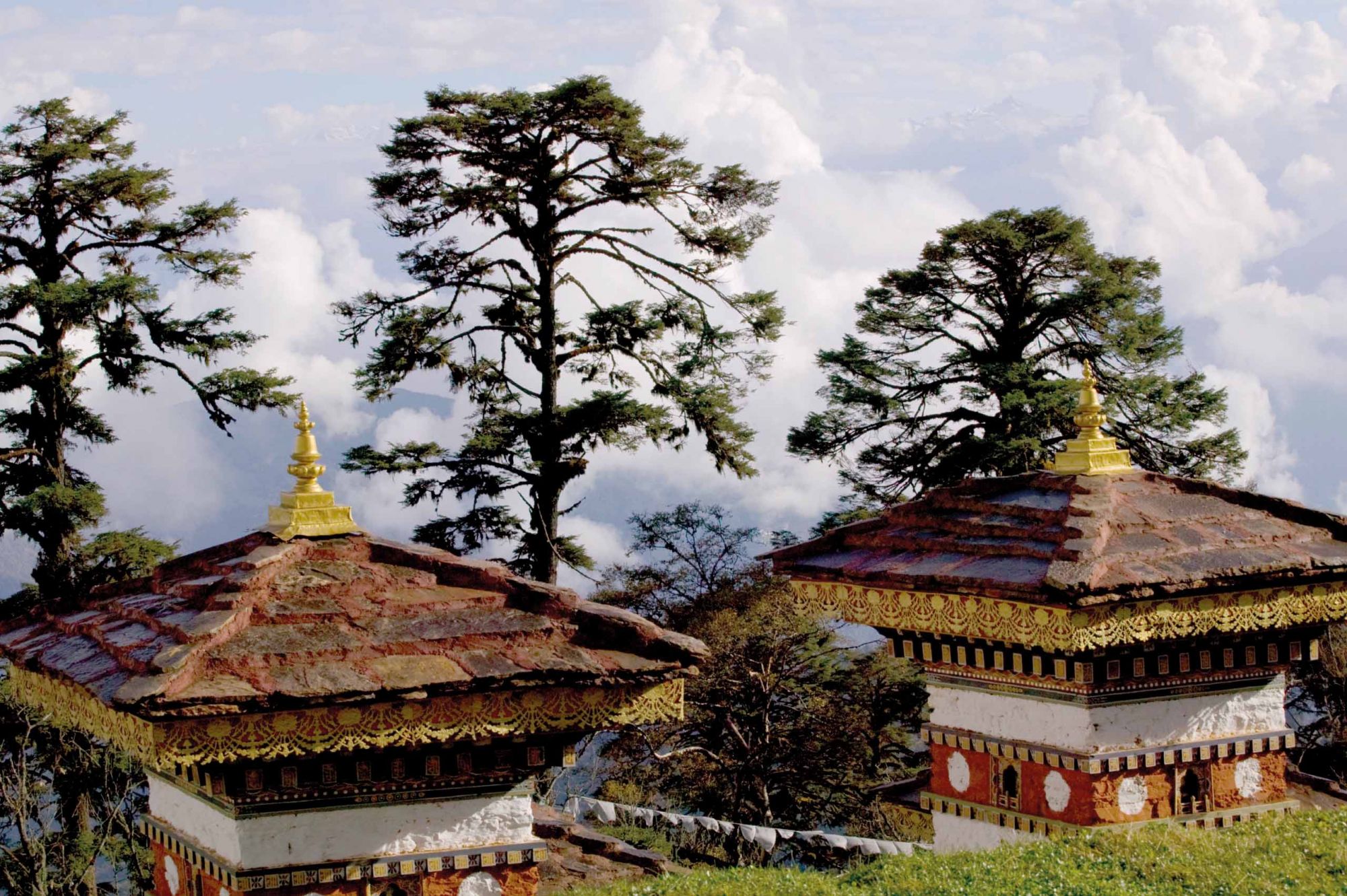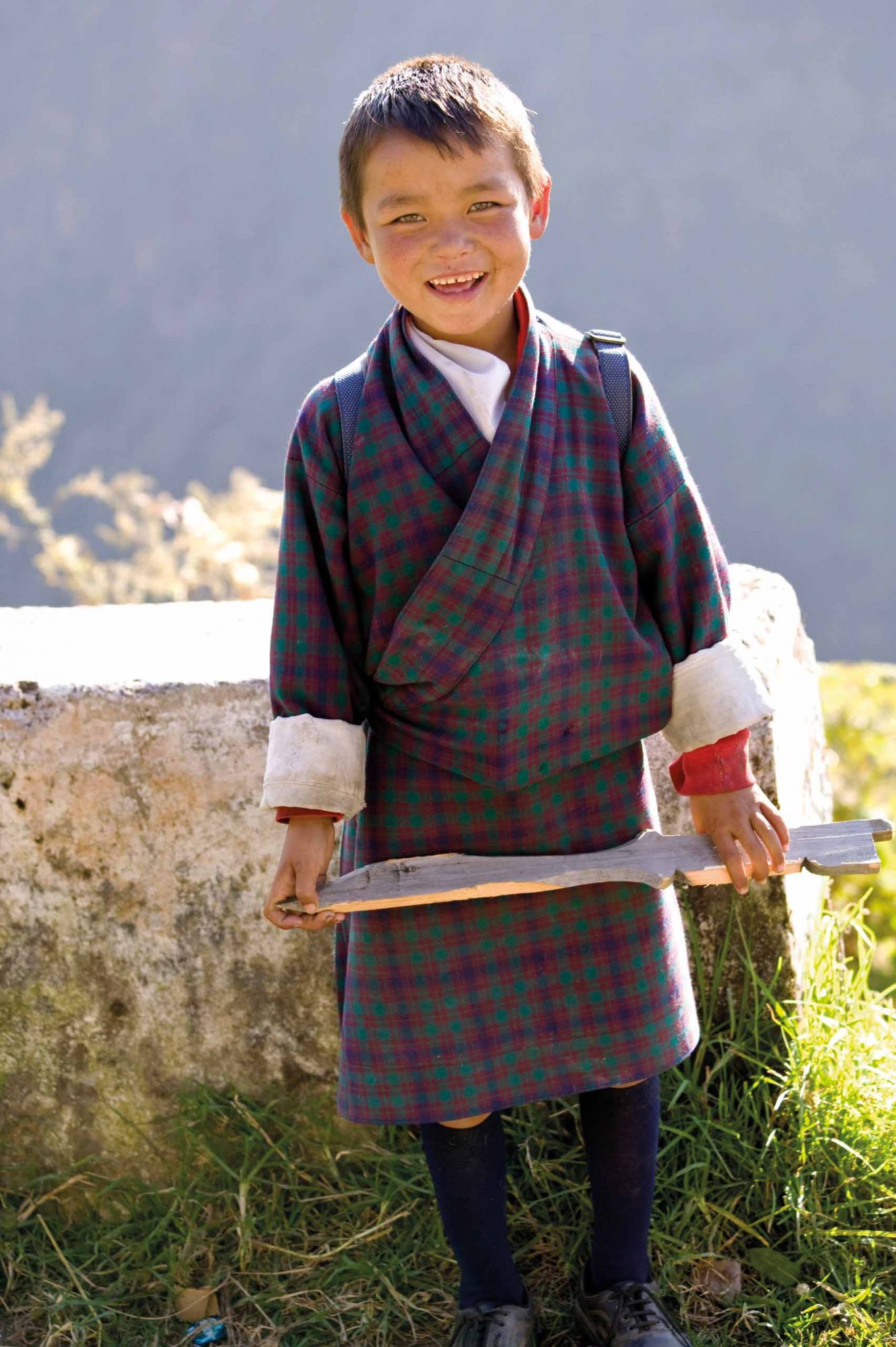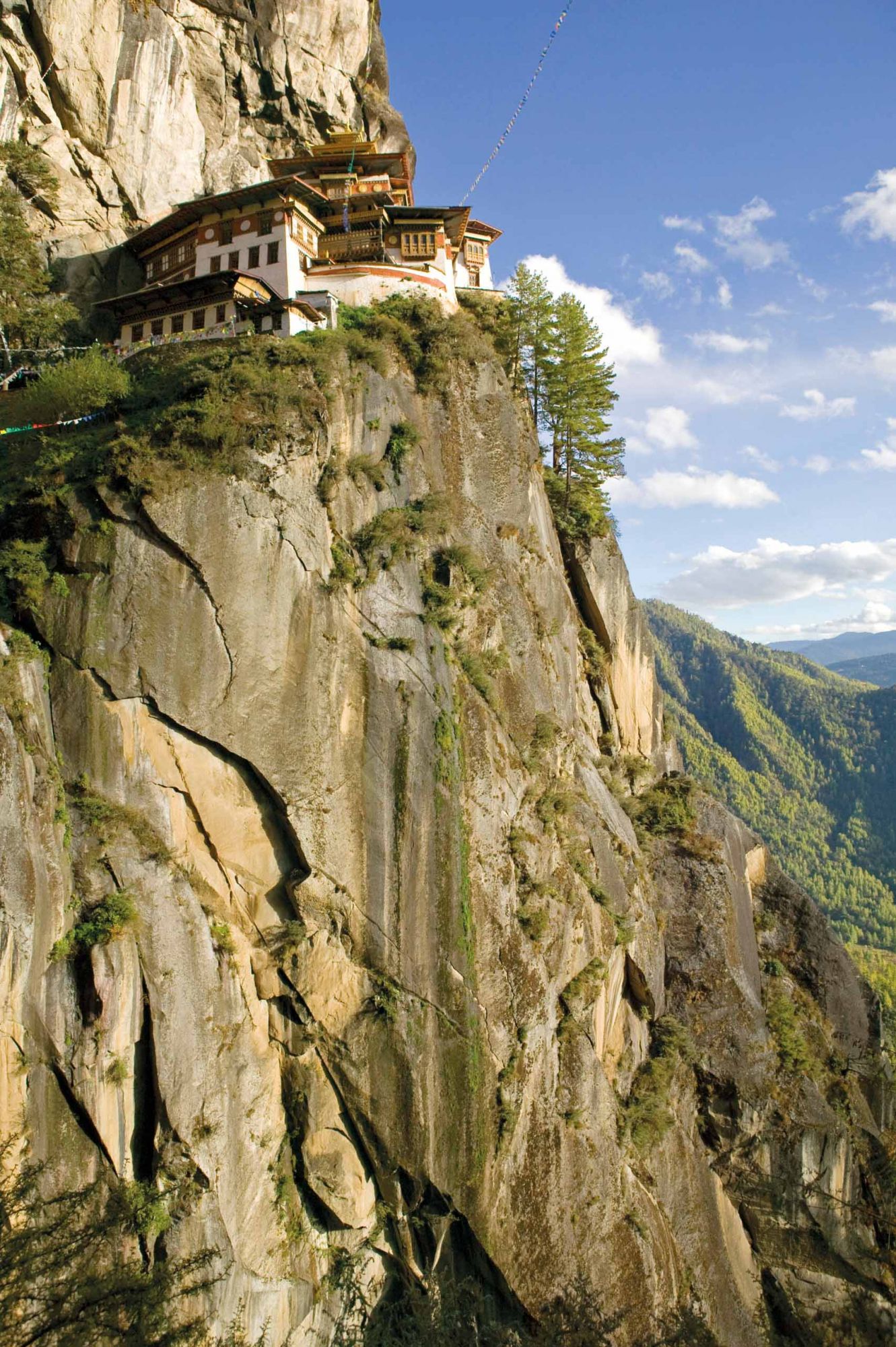1. Day 1: An unforgettable arrival to Bhutan

It's not hyperbole to say that nowhere could rival Bhutan’s captivating welcome. Descending into Paro Airport, the main gateway into the Land of the Thunder Dragon, we were cruising through a clear blue sky when, in what seemed like a split second, we were surrounded by mountains on all sides. Only eight pilots in the world are certified to fly around these majestic peaks and execute one of the most dramatic landings possible.
As the last bastion of Vajrayana Buddhism, you can sense the spirituality as soon as you land. It also informs the establishment of the country's Aman. The saying “the journey is the destination” is what the luxury resort Amankora had in mind when it opened in 2004. Kora, which means circular pilgrimage in the Bhutanese language (Dzongkha), also refers to Aman’s inimitable style of exploration; they encourgage guests to visit their five lodges in different valleys—Paro, Thimphu, Punakha, Bumthang and Gangtey.
2. Day 2: Begin Your Kora In Paro and Thimpu





